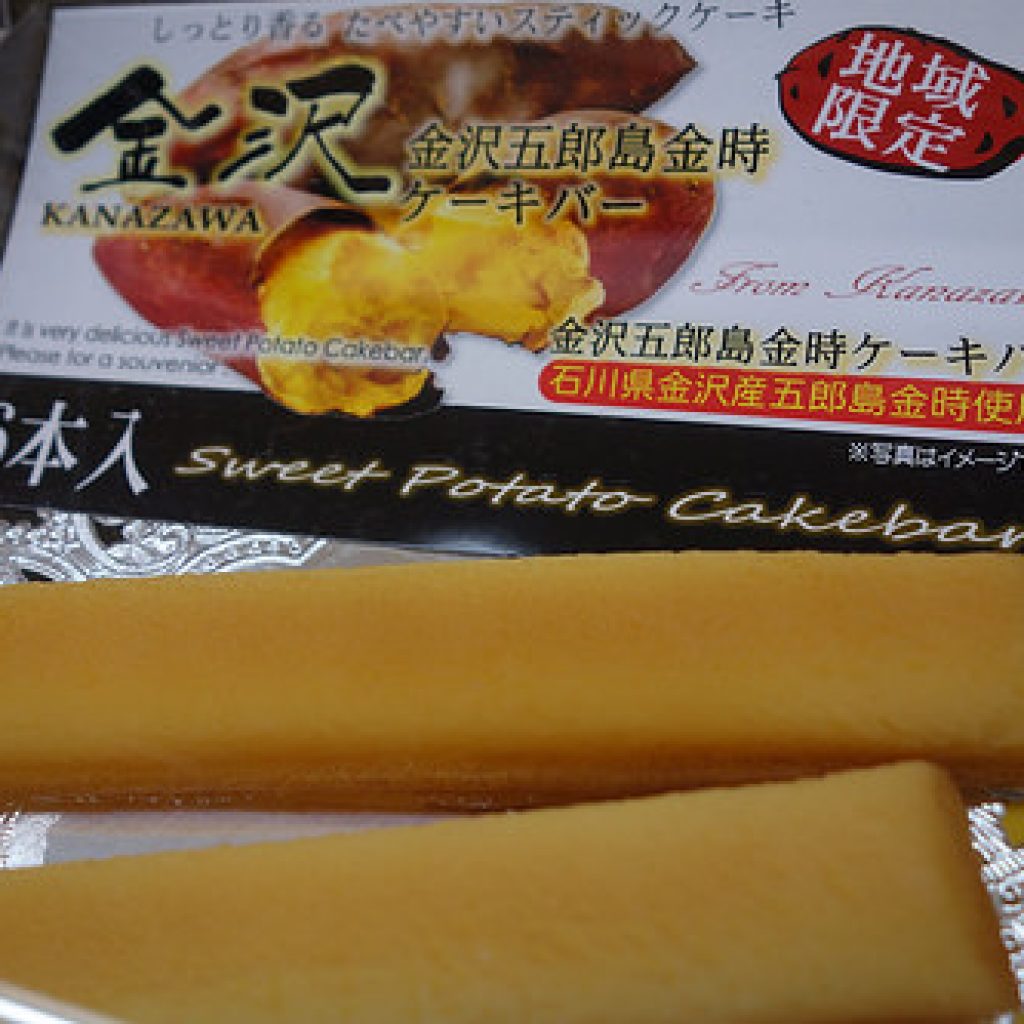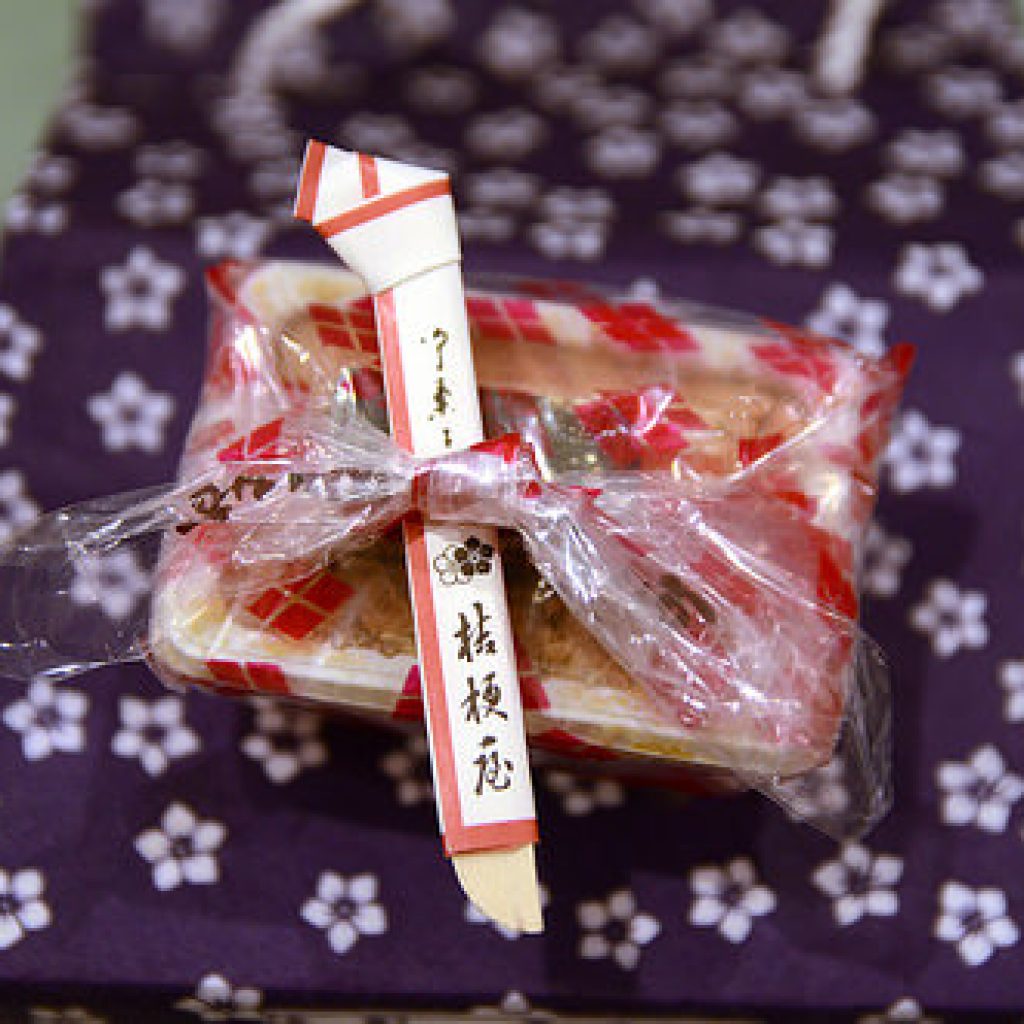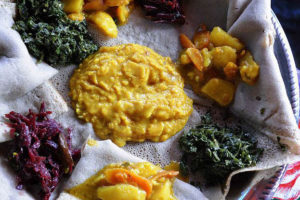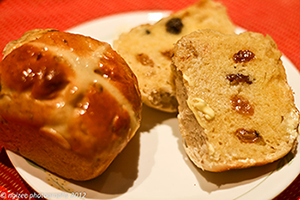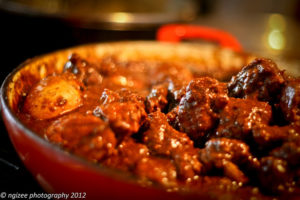いただきます! Itadakimasu! Let’s Eat!
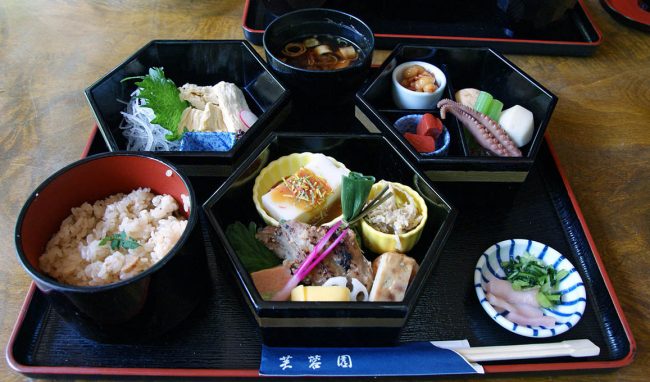
Japanese cuisine is famous throughout the world, from the delicate, seasonal, multi-coursed kaiseki ryori to ramen and sushi, available as fast food all over the world. With a population of 127 million, it stretches over 3,000km with Russian neighbours in Vladivostok in Hokkaido to South Korean neighbours in Okinawa. Over that distance it has a huge variety of regional specialities, famous throughout Japan and obligatorily taken back from holidays to coworkers as omiyage – food and presents are serious business in Japan.
There are some general characteristics of a Japanese pantry and cooking: clean flavours, highlighting quality and seasonal produce, fermented or salted pickles, and of course no Japanese meal is complete without rice. The Japanese word for rice is the same as for meal ‘gohan’, and every meal in Japan includes a bowl of rice.
Soy sauce, mirin, and dashi (fish stock), sake and vinegar make the basis of a huge variety of dishes. To make Japanese food you need to use Japanese soy sauce to have that distinctive Japanese taste.
Today we will take a look at the Japanese pantry and see how the basics can be put together to make familiar dishes like yakitori, sukiyaki, miso soup and oyakodon.
The Pantry
Rice – short grained rice is used in Japan and it is served hot and sticky, easy to pick up in little clumps with chopsticks.
Soy sauce (shoyu) – is made from soybeans, wheat, water and salt all boiled up and fermented for months, and the best ones are fermented for years. As mentioned above, Japanese brands are best for cooking Japanese food, commonly available ones are Kikkoman and Yamasa.
Mirin – is like a less alcoholic and much sweeter version of sake. It is used to add sweetness and acidity to a dish.
With only soy sauce and mirin (and sugar) you can make a sweet and salty teriyaki sauce.
Teriyaki can be used on tofu, chicken, salmon, any seafood really, as a marinade or as a sauce, it’s versatile and very crowd pleasing.
My favourite apple cheeked Masterchef Australia winner Adam Liaw’s teriyaki sauce uses sake but it can be replaced by an equal amount water.
Dashi – this is a fish stock made from katsuobushi and kombu (both explained below) but it more commonly made from a stock powder. The most common brand of dashi Ajinomoto Hondashi has the first two ingredients as salt and MSG. MSG was created in Japan and is commonly used in the home, however, if you are sensitive then it’s easy make your own dashi or you can find MSG free brands.
With soy sauce, mirin and dashi you can make the soup base, called tsuyu or mentsuyu, used in many Japanese dishes including the braised pork and the oyakodon recipes below as well as sukiyaki, and dipping sauce for noodles. The ration is 8 parts water or dashi, 1 part mirin, one part soy sauce OR you can make a sake version with 4 parts sake, 4 parts water, 1 part mirin, 1 part soy. I prefer the one without sake but I think it’s because I don’t usually have it around so that’s the flavour I’m used to. For a stronger sauce reduce the amount of dashi or sake, but the ratio of soy and mirin is always 1:1.
Sake – buy a cooking sake for cooking and keep the good stuff for drinking.
Seaweed – kombu and wakame – these are both sold dried. kombu is in larger sheets and is used to make dashi or but up and put into miso soups. Wakame is a smaller curlier that is often in miso soup or rehydrated and thrown into any dishes for a yummy salty addition to miso soup, also salads – the green crunchy salad at the sushi shop is usually a type of treated wakame.
Miso fermented soy beans, can be made into everything from simple miso soup to dressings for salad to Nasu Dengaku miso glazed eggplant. Yellow is the most common form of miso.
Tofu is soy bean curd, it adds more of a texture (and protein) than flavour and can be cooked and prepared in a variety of ways to enhance the texture and help it absorb flavours. There are a few types of tofu which we will explore… soon. Put cubes of tofu into miso soup, or fry it to make an agedashi tofu – delicious with a dashi, soy, mirin sauce and some grated ginger and finely chopped spring onions.
Katsuobushi so… it’s a little odd but if you take a bonito tuna and dry, ferment and smoke it, it will start to resemble a piece of wood that you can then shave on a special box with a razor on it. These little curls are katsuobushi. It is used to make dashi and also as a salty seasoning on many items. Katsuobushi dances when placed on steaming dishes and adds a lovely fishy savoury taste.
Furikake is salty rice seasoning in various flavours that you can sprinkle on rice for a snack, or mix with rice and then roll them into balls called onigiri, perfect lunch snacks.
Worcestershire sauce this is a different flavour than the english one. mix it with tomato sauce to make a tonkatsu sauce, it’s also one of the main ingredients of yakisoba sauce. It is often referred to as so-su (sauce) in Japanese recipes.
Vinegar – rice vinegar is milder than western vinegars, and a little bit sweet too. used in dressings, pickles, marinades and braised dishes.
Sesame toasted and used as a garnish or crushed and used as a flavour base in shabu shabu sauce, you’ll find this familiar nutty crunch in many Japanese dishes.
Shiso this sour purple leaf is used to accentuate flavours of Japanese food including in salads, sushi. Have you ever tasted umeboshi? a salted pickled plum whose distinctive pink colour comes from shiso. In shops you will usually find shiso dried.
Shichimi togarashi – this is a lovely finishing blend of spices that is sprinkled on many meats, soups, ramens and more. It has been used for hundreds of years and was originally seven spices (shichi means seven in Japanese) and includes red pepper, sansho (Japanese pepper), dried citrus, black sesame, seaweed and more. You will often find it in a little shaker on the table at Japanese restaurants.
Kewpie mayonnaise king of mayonnaise in Japan, there is debate about whether it is the msg or the whole egg and mustard that makes this mayonnaise so delicious. It is a cult item in Japan and around the world and when you visit japan you will be amazed at how many dishes comes with a little squiggle of mayo. And if you go to tokyo can you resist a visit to the kewpie museum?
Vegans and Vegetarians and Japanese cooking
Gluten free Japanese dishes
While it is a very rice based cuisine, gluten is present in many elements of Japanese cooking. Soy sauce is one of the main ingredients used in Japanese cooking and contains gluten. There is tamari which is gluten free and has a similar salty, umami flavour profile. Others suggest using coconut aminos to substitute for soy sauce.
Wheat flour is also common in batters and noodles. It can be substituted with rice, corn or potato flour when making batters for tempura and some noodles such as soba are gluten free although they are sometimes a combination of buckwheat (not real wheat, glutenfree) and wheat flour.
Japanese cooking pages we love
Cooking with Dog – no, not as an ingredient!! the dog is the narrator, of course! This is a great channel with home-style Japanese cooking, the recipes taste just like those from my Japanese mum and grandma, and the format and preparations are so simple I’m sure you will feel ready to cook some Japanese dishes after watching it.
Harumi Kurihara is the Martha Stewart of Japanese cooking with books, tv shows, a line of cooking products, and shops. Outside Japan she is famous for her book Harumi’s Japanese Home Cooking which is an excellent book for those new to cooking Japanese food.
Just One Cookbook Nami is a Japanese home cook based in San Fransisco and has a great blog and FB feed with step-by-step recipes as well as travel and cultural articles.
Just Hungry Makiko’s blog has been running since 2003 and has great articles that go in depth into topics such as looking at rice, as well as more personal topics. The recipes are easy to follow and have a fun little widget that allows you to adjust the amounts based on how many serves you want.
Japanese Cooking 101 Noriko and Yuko head this extensive resource about Japanese cooking. They are living in California now with their families and started the blog to share home style Japanese food with their friends and the world.
Bon Apétit have some great articles with basics and recipes as well as general articles on Japanese food and trends in Japan.

